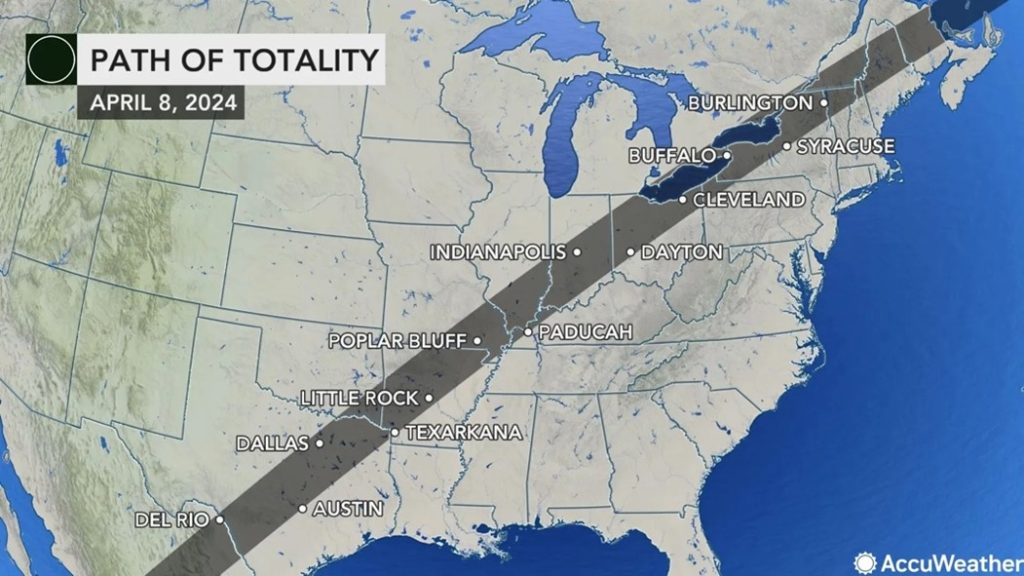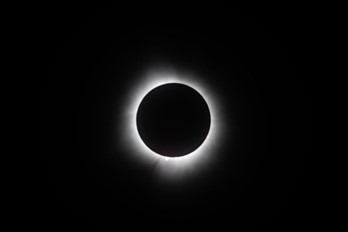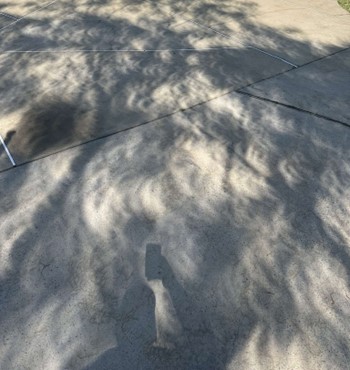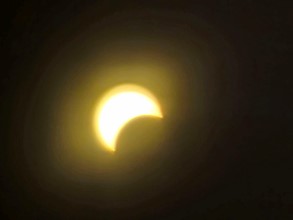
For most people in the path of totality, the April 8 Great American Eclipse was likely a once-in-a-lifetime experience. (Only residents in southern Illinois were in the path of totality for both the 2017 and 2024 eclipses). In case there is still someone out there who is unfamiliar, a total solar eclipse happens—as it did earlier this month—when the Moon passes between the Sun and Earth, completely blocking the face of the Sun. The sky darkens as if it were dawn or dusk. The next total solar eclipse that will be visible in the U.S. (only in Montana, North Dakota, and South Dakota) will be in August 2044.

But what does this have to do with amateur radio? Many emergency communication agencies had been planning for the 2024 eclipse for years. I recall first talking about it during the last one in 2017.
From an emergency perspective, the main takeaway from 2017 was to expect a large number of out-of-town viewers to come into the region prior to the start of the event, followed by a mass exodus once the eclipse concluded—also, to expect traffic jams and delays.
The Emergency Operations Centers (EOC) of many Ohio counties staffed for the eclipse along with EMCOMM volunteers who were placed in strategic locations. There were formal and informal nets on many repeaters during the event. Some EMCOMM volunteers did not deploy to any specific location but reported from wherever they happened to be, similar to a SKYWARN activation.

Some of the things the EOCs wanted reports about included:
- Life safety issues: Accidents with injuries, medical incidents, etc. particularly if cell service was disrupted in that area
- Traffic congestion, especially on side roads, as the Department of Transportation would probably track the interstates pretty well. Reports of disabled vehicles (accidents, out of gas/out of charge, mechanical issues) if they were impacting traffic flow
- Infrastructure items such as power outages, water main breaks, etc.
- Any previously undefined incident that should be reported

Total Solar Eclipses: 2017 vs. 2024:

| August 21, 2017 | April 8, 2024 | |
| Population in path | 12 million | 32 million |
| Max Duration | 2 min 40.2 secs | 4 min 28.1 secs |
| Path width | 71 miles | 124 miles |
Emergency organizations identified concerns that needed to be addressed:
Community Events
- Areas with increased population
- Allowing access to public restrooms
- Acquiring and distributing viewing glasses
Planning Traffic Flow
Coordination for Critical Infrastructure, including EOC activation to coordinate with response partners
Information Coordination
- Advising residents of recommended actions prior to the eclipse (groceries, gas, etc.)
- Encouraging travelers to have backups for data-dependent services (maps, cash)
- Providing lists of community events, hotels, gas stations, grocery stores, and restaurants for visitors
The years of planning in Ohio must have paid off because very few issues were reported, and the Great American Eclipse was a great success!
Questions? Share them in the comments below or email me at KE8FMJ@gmail.com.

